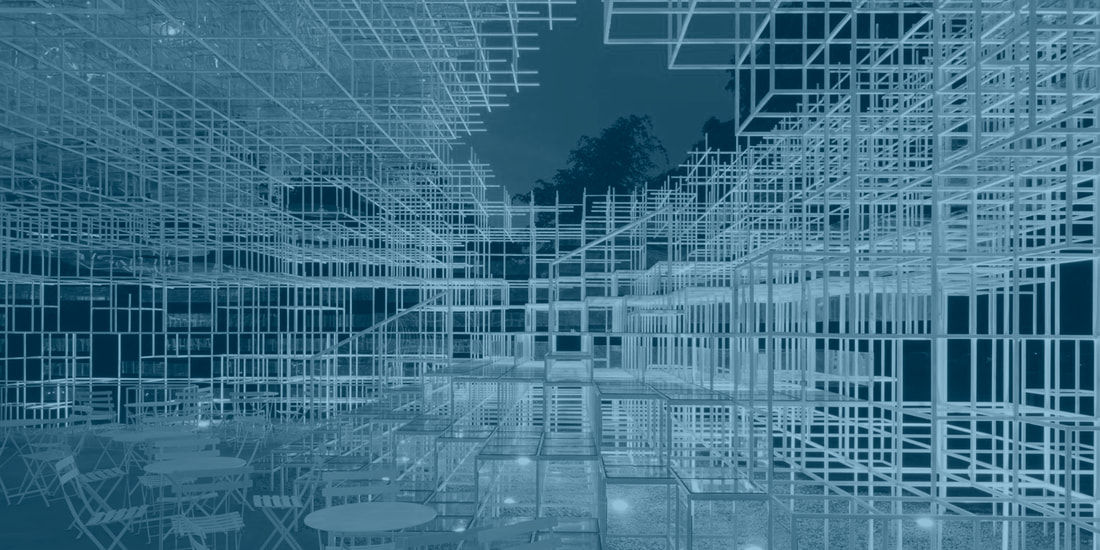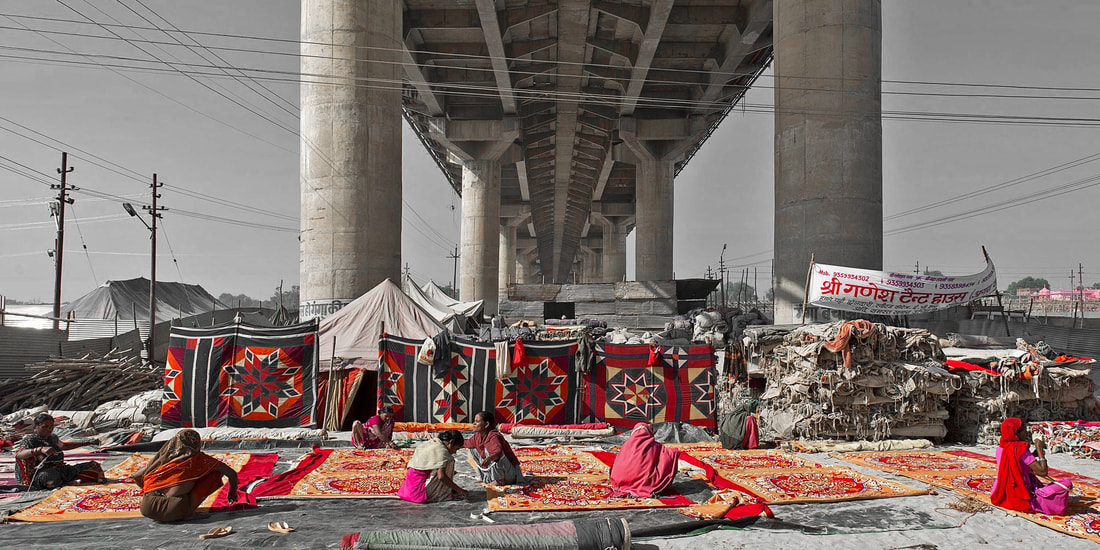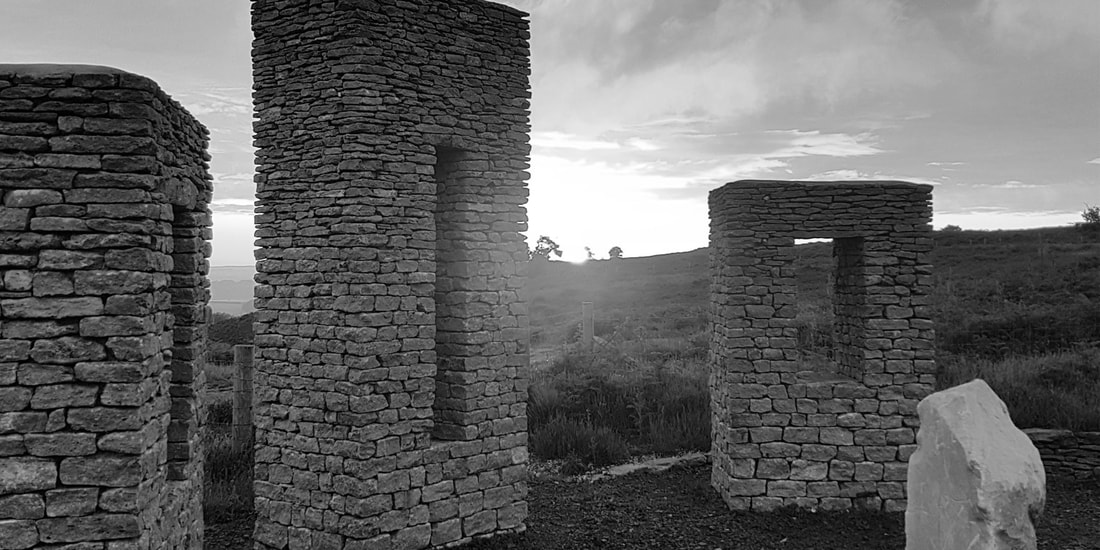|
CREDIT: Collage: Amanda Moore, Serpentine Pavilion 2013, Sou Fujimoto Buildings are permanent right? A naive friend once asked me whether architects would always have work because ‘they must have built all the buildings by now’. I studied architecture after studying fine arts in order to be involved in physical projects which would be more permanent than fine art, in terms of their longevity and relevance. Surely they would therefore also be more important and impactful? Art seemed to be more transient based on trends and what was popular for collectors and galleries. But is architecture and building design permanent? Should it be? Most clients expect at least 150 years of useful life from a building which is costing them several millions to construct. We raise floor levels above flood levels, with allowances for climate change, and carry out copious coordination exercises with materials and system providers. Maybe buildings can last at least this long and this length of time can be considered ‘permanent’. Victorian residential properties are popular in the UK and are well looked after by each generation of custodian. But should many non-residential buildings, such as commercial buildings, public buildings and temporary accommodation, be permanent? A commercial building designed with enough solidity, and embodied carbon, to last hundreds of years may not be wanted after forty. If building uses often change, perhaps the structural frame should always be designed to be flexible and reusable. This might be easier to achieve with traditional building technologies such as steel or concrete frame, but not for more sustainable technologies such as cross-laminated timber which may not allow flexibility in glazing or internal wall positions. There has been an obvious trend for temporary architecture in recent years including pop-up retail, outdoor event spaces and urban parklets. This feels to have grown during 2020 with a need to utilise more outdoor spaces due to reduced permitted indoor occupancy during the pandemic. Temporary architecture allows the proposed use of a place to be introduced and tested by communities before more expensive built interventions, and accepts flexibility and community input. It can also be free to be of its time, trendy in colour or form. It doesn’t have to be timeless. Maybe the design life of 'temporary architecture' can be extended from the length of a single event to the length of a tenure. CREDIT: Photo: Dinesh Mehta, Kumbh Mehla Festival set up with temporary walls and floors Can humans expect any of our interventions to be permanent?Is this wishful thinking as a kind of immortal legacy? When I worked for a large practice in London, the partners were always excited by projects which involved masterplanning where a developer had procured several plots of land as new street networks and proposed uses could be developed which they felt would likely have greater longevity than the individual buildings. Aside from building use, building standards often change and old buildings may not be able to be upgraded to ‘current’ standards. Questionable quality is another issue which can counteract the designed mass and solidity of buildings. There are unfortunately many instances where architect-designed buildings are not weathered well and it’s a (short) matter of time before they decay when all the mastic fails. This often seems to come down to confusion between the role of the architect and the contractor and who will take responsibility for the final detailing. And so is architecture more or less permanent than art?Artworks may be protected for millennia if they constitute an important financial or cultural commodity. Public art could also potentially have a longer life span than a building. A public art project I was fortunate to work on, Black Down Stone Circle, Dorset, was installed in 2016. It consists of five totems produced from local Forest Marble stone. The totems align with true north and the summer and winter solstice sunrise and sunset positions specific to the site. Sunlight passes through openings in the totems and hits a central Portland standing stone. The project was built by a skilled stone mason called Tom Trouton and the alignment was advised by specialist Simon Banton. It is now used as a ceremonial site by spiritual groups on the solstices. CREDIT: Photo: Simon Banton, Black Down Stone Circle Contrary to my expectations at the beginning of my architectural studies, a built project like this may prove to have more permanence than most architectural projects I've worked on in terms of physically being there and being relevant. The sculpture is robust and well-built by a craftsperson rather than relying on the integrity of foil tapes and membranes. The artistic idea does not age or need to be updated in line with any style or technical standards.
These days it seems more appropriate to me that art can have permanence but architecture should be more temporary.
0 Comments
|
AuthorWhat am I doing here? I'm collecting sea water to fill 1,000 bottles and hang them from a scaffold inside an old ruin. Why? Why not? Archives
December 2023
Categories
All
|





 RSS Feed
RSS Feed